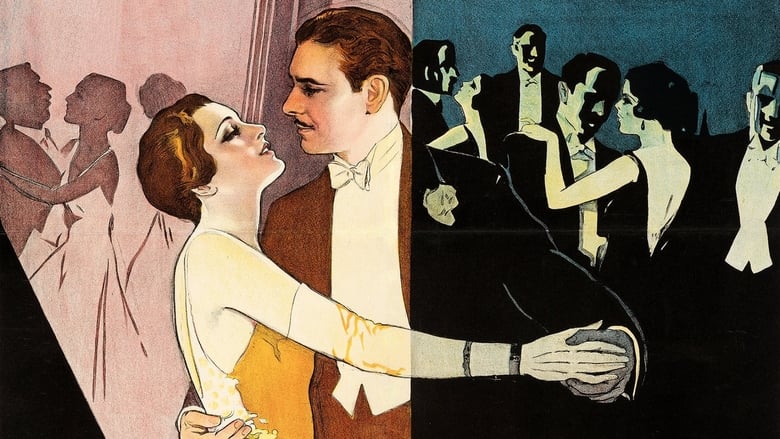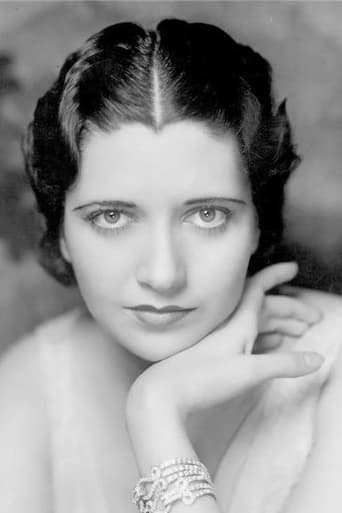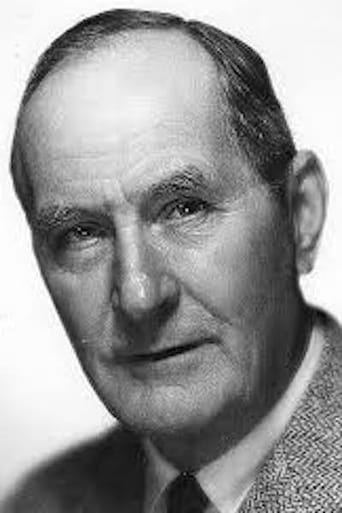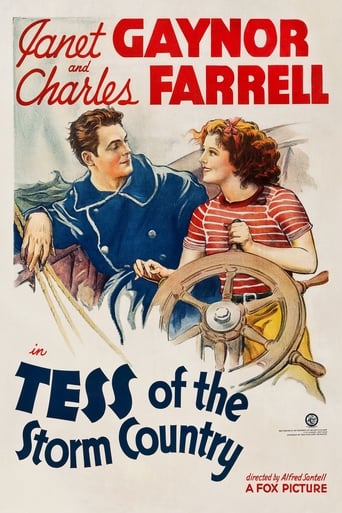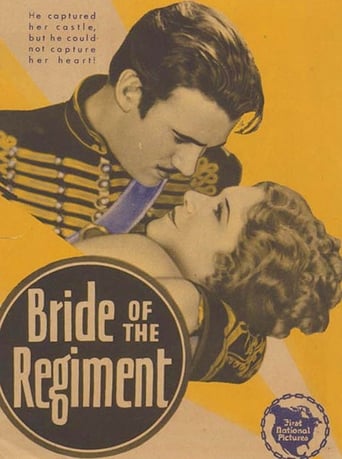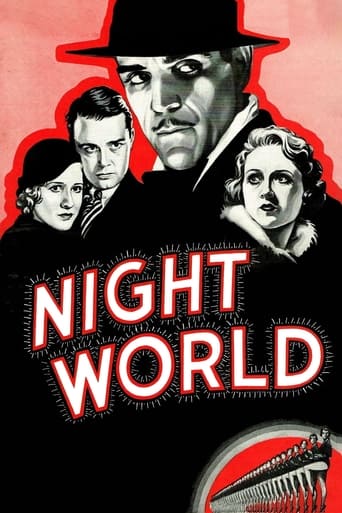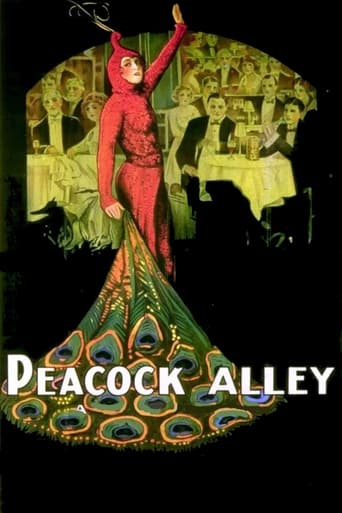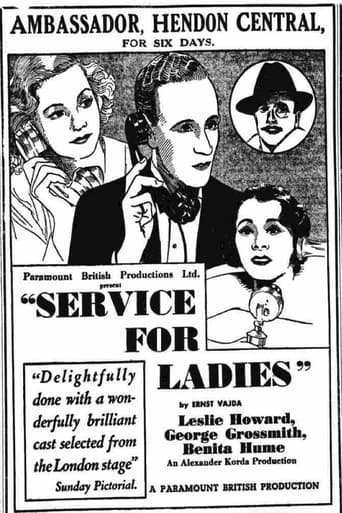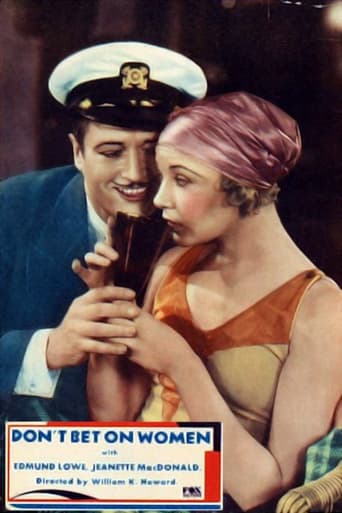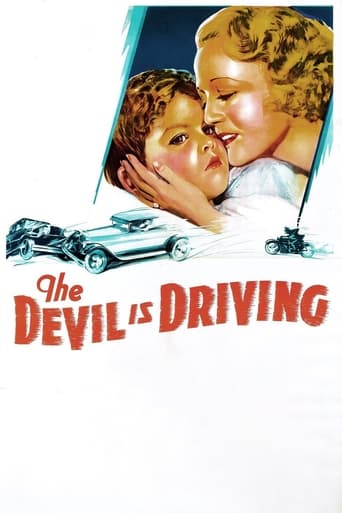Raffles (1930)
A distinguished English gentleman has a secret life--he is the notorious jewel thief the press has dubbed "The Amateur Cracksman". When he meets a woman and falls in love he decides to "retire" from that life, but an old friend comes to him with a predicament that entails him committing one last job.
Watch Trailer
Cast


Similar titles
Reviews
Load of rubbish!!
Don't Believe the Hype
Exactly the movie you think it is, but not the movie you want it to be.
Although I seem to have had higher expectations than I thought, the movie is super entertaining.
Thus went the conversation between Ronald Colman's Raffles and the rich but vast and ageing Lady Melrose after he had courteously escorted her to her bedroom and the two hovered either side of the open door. The lady's expression, which went from bright expectation to annoyed disappointment, left no doubt what was happening. This was pre-Hayes Code and both here and elsewhere it was very obvious. Also the question of Raffle's morality. In the book, Raffles does give some kind of justification for his thieving - "the richly immoral robbing the immorally rich". He also never befriends soon to become victims. Here Colman blithely disregards all of this. The 1939 almost scene for scene word for word remake with David Niven was entirely cleaned up - but weaker and more colourless for it.I'm a great fan of the Raffles books. E W Hornung the author was not so well known as his brother in law, Arthur Conan-Doyle but was though alround a better writer. This film is engaging and quite exciting, brings together parts from different stories and the result is entertaining but in terms of story, thin and slap-dash. The adaptation is dominated by the requirement to continue/assist Ronald Colman's highly bankable screen persona as an elegant, humorous, charming pleaser of ladies.(Raffles in the book is too dedicated to be humorous or charming unless necessary in pursuit of crime). Here Raffles love interest, Kay Francis, is very passionate, unlimited in her devotion to him. Of the two other central characters, companion in crime "Bunny" Manders is reduced to an irrelevance. Curiously the third character in the trio - McKenzie, the "Scotch" detective - alone is the all-time definitive rendering of the character in the book - Raffles' feared Nemesis: dogged, doughty and determined. Indeed the adaptation gives him equal billing with his quarry. It's a joy to watch a character from the books so vividly and truthfully brought to life. Clearly whoever did the adaptation was more interested in and relished McKenzie more than the other two.All in all, a good entertainment.
A good yarn to yawn all over and eventually to fall asleep. Fortunately, it's an hour and 10 minutes so you can get over it quite rapidly.This is certainly not a far, far better thing that Ronald Colman has done. Co-star Kay Francis looks like she is ready to burst out in tears any moment for just being involved in this very dull period piece of a suave, debonair gentleman who is a thief but tries to go straight for the woman he loves.When he is forced to go astray to help a friend who has passed a bad check, all begins to unravel for Colman. Unfortunately, the unraveling of the film takes place way too early amid the London fog.
Back when films were in their infancy, this Black and White movie made it to the top without much effort. The reason being it's star was at the height of his popularity. The film is called " Raffles " and stars Ronald Colman as the Gentleman Cat burglar, originally created by E. W. Hornung. In this episode, Raffles, who is a notorious Jewel thief, affectionately called the 'Amateur Cracksman' by the press, has fallen in love with Gwen his girl (Kay Francis). He promises to turn over a new leaf and go straight, when unexpectedly his best friend Bunny (Bramwell Fletcher) tells Raffles he is in serious financial debt and needs 1,000 pounds. He is so distraught he tries to commit suicide. Raffles decides to pull one more robbery to help him and targets 'The Melrose necklace.' What he doesn't know is that Inspector McKenzie (David Torrence) from Scotland Yard is planning to capture him when he goes to try. In addition, a second group of city burglars have targeted the rare necklace as well and plan to rob the mansion before Raffles does. The movie is tame in every respect and fun for the whole family. Recommended to all ages as a gift from a time when no body got hurt in films. ****
Samuel Goldwyn was a legendary film producer, who frequently knew what the public wanted. The line of his films that became classic is first rate: THE BEST YEARS OF OUR LIVES, WUTHERING HEIGHTS, BALL OF FIRE, THE PRIDE OF THE YANKEES. He also had his favorite stars. One of them was Ronald Colman, whom Goldwyn skillfully shepherded through a number of films, most importantly his necessary first talkie BULLDOG DRUMMOND. As I mentioned in my review of that film, Goldwyn wished to avoid the pitfalls that destroyed so many silent film star careers, most notably Colman's rival John Gilbert. DRUMMOND turned out to be a stunningly great opening sound film for the vocally gifted Colman.For many years after Goldwyn chose Colman's properties. This was (in the main) a good thing. He got Colman the roles in ARROWSMITH and CLIVE OF India and other hits of the 1930s, and lent him out for LOST HORIZON and THE PRISONER OF ZENDA. But he could make errors of judgment - no producer is flawless. Having seen the wonderful success of BULLDOG DRUMMOND (culminating in an Oscar nomination for Colman as best actor - he lost to George Arliss as DISRAELI), Goldwyn searched for other films of literary merit. Sapper had written the Bulldog Drummond stories. Goldwyn found the stories of E. J. Hornung about the "Amateur Cracksman" Raffles. Hornung had written these stories beginning in 1899. He had married a young woman who had an interesting brother named Arthur Conan Doyle, who just happened to create the most exciting and interesting pair of literary figures in the Victorian and Edwardian period: Sherlock Holmes and Doctor Watson. Hornung wrote too, and he decided to show what he thought of his brother-in-law's success. He created the noted social success, Mr. A.J. Raffles - Britain's leading cricketer (what happened to Dr. W. R. Grace?). Raffles is constantly in the social columns as well as the sports columns. But he has a double life. To be able to maintain his position, he is a skilled burglar. Most of his burglaries are at the expense of his friends.George Orwell wrote a fascinating look at the Raffle stories as compared to the more violent crime stories of the 1930s. It was called "Raffles and Miss Blandish" referring to the ill-fated heroine of the novel, "No Orchids For Miss Blandish". Orwell pointed out that the Hornung tales were quite good (in the first series or two - they did not maintain their level of competence in the later tales). But they actually were acute studies in the social class problems of their day. Raffles is forced to be "the Amateur Cracksman" because he does not have the income needed to maintain his friendship with the social elite that his cricket playing has gotten him entry into . Therefore, he is treading a fine line. As he puts it, "We were in society, Bunny, not part of it." So when, at the end of the stories, he is exposed as a criminal, he has been socially obliterated. As Orwell says, a nobleman who steals, once he is out of prison, is still a nobleman. Not so a poor cricketer.Unfortunately, the story that is the basis of RAFFLES is not a good one. It has scenes where he (Raffles/Colman) manages to get out of close scrapes, but the Scotland Yard Inspector (David Torrence, in a good performance) is not being fooled. There are too many points in which only Raffles could be in those situations by being a thief, the very thief Scotland Yard seeks. That Raffles escapes at the end, using Torrence's own mackintosh, and making even the Inspector laugh at what a good fellow he really is, seems forced. It does not help that his social code, of coming to the aid of a friend, involves him with risking all for his pal Bunny (Bramwell Fletcher). Bunny is a weakling who enjoys gambling - and keeps running up preposterous debts. In real life he'd be abandoned by everyone as a pest and a leech. Colman decides to pull off one more crime to rescue Bunny. Interestingly Bunny's money problem is solved, by him collecting the award for the capture of "the Amateur Cracksman" at the end. Although Colman is willing to do this, Bunny does not seem unduly upset that his friend is ruining himself for him.With this weak script, the film collapses. Colman, Kay Francis, Frederick Kerr, Torrence, and Alison Skipworth do well. Mention should also be made of a rival, lower class burglar who provides a bit of menace. But the film still is too weak to be of more than cursory interest to the viewer. Hence my rating of 5. I may add that while Goldwyn did a sequel to BULLDOG DRUMMOND with Colman, he never did a sequel to RAFFLES. However, in the late 1930s he revamped Raffles and shot it with his new Colman, David Niven, in the title role.


